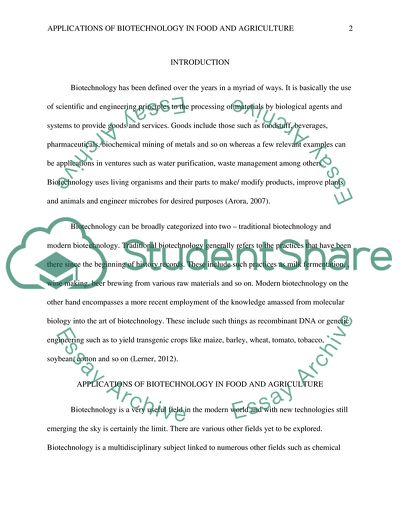Cite this document
(Applications of Biotechnology in Food and Agriculture Term Paper, n.d.)
Applications of Biotechnology in Food and Agriculture Term Paper. https://studentshare.org/biology/1848126-discuss-the-applications-of-biotechnology-in-food-and-agriculture
Applications of Biotechnology in Food and Agriculture Term Paper. https://studentshare.org/biology/1848126-discuss-the-applications-of-biotechnology-in-food-and-agriculture
(Applications of Biotechnology in Food and Agriculture Term Paper)
Applications of Biotechnology in Food and Agriculture Term Paper. https://studentshare.org/biology/1848126-discuss-the-applications-of-biotechnology-in-food-and-agriculture.
Applications of Biotechnology in Food and Agriculture Term Paper. https://studentshare.org/biology/1848126-discuss-the-applications-of-biotechnology-in-food-and-agriculture.
“Applications of Biotechnology in Food and Agriculture Term Paper”. https://studentshare.org/biology/1848126-discuss-the-applications-of-biotechnology-in-food-and-agriculture.


